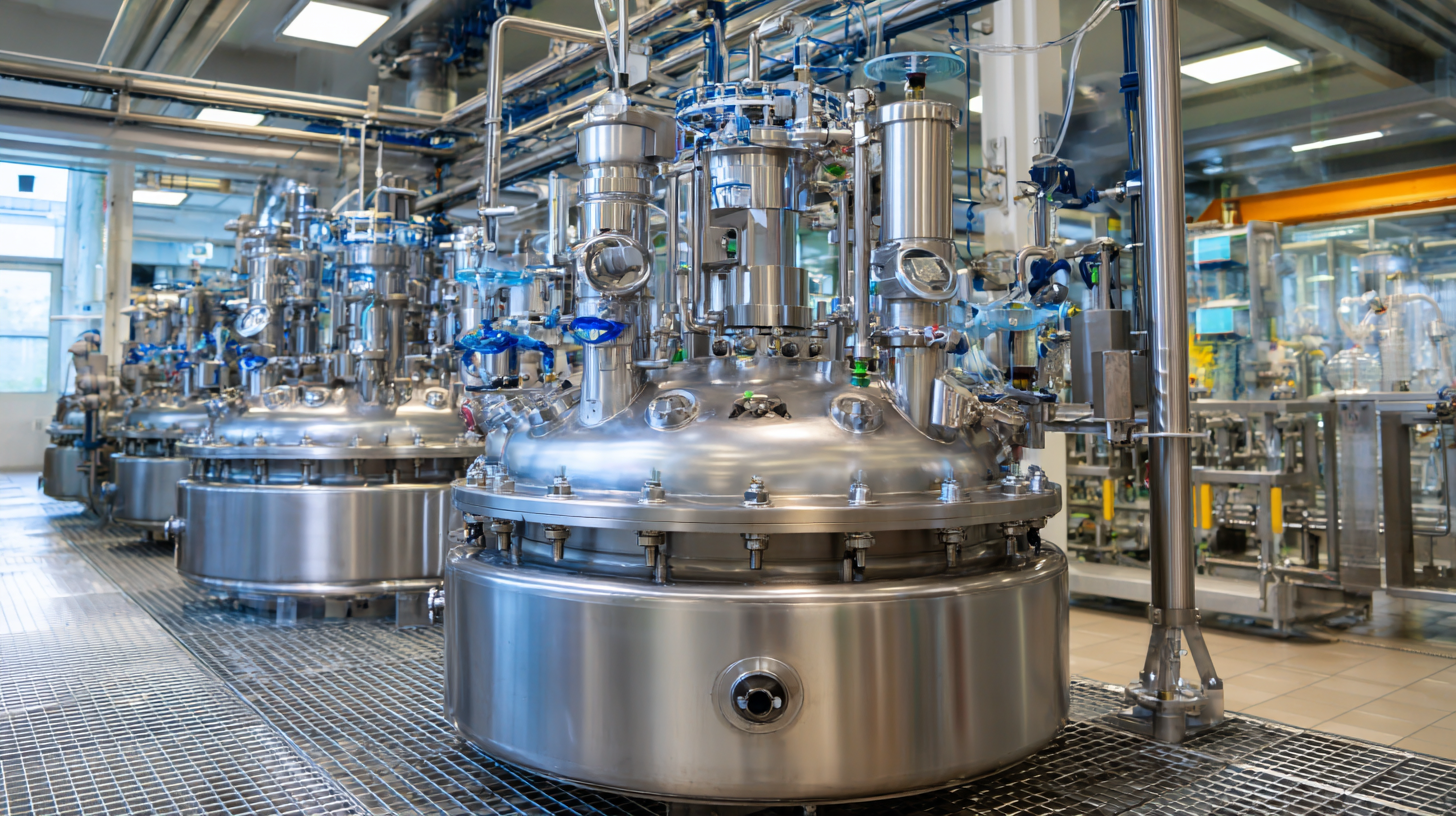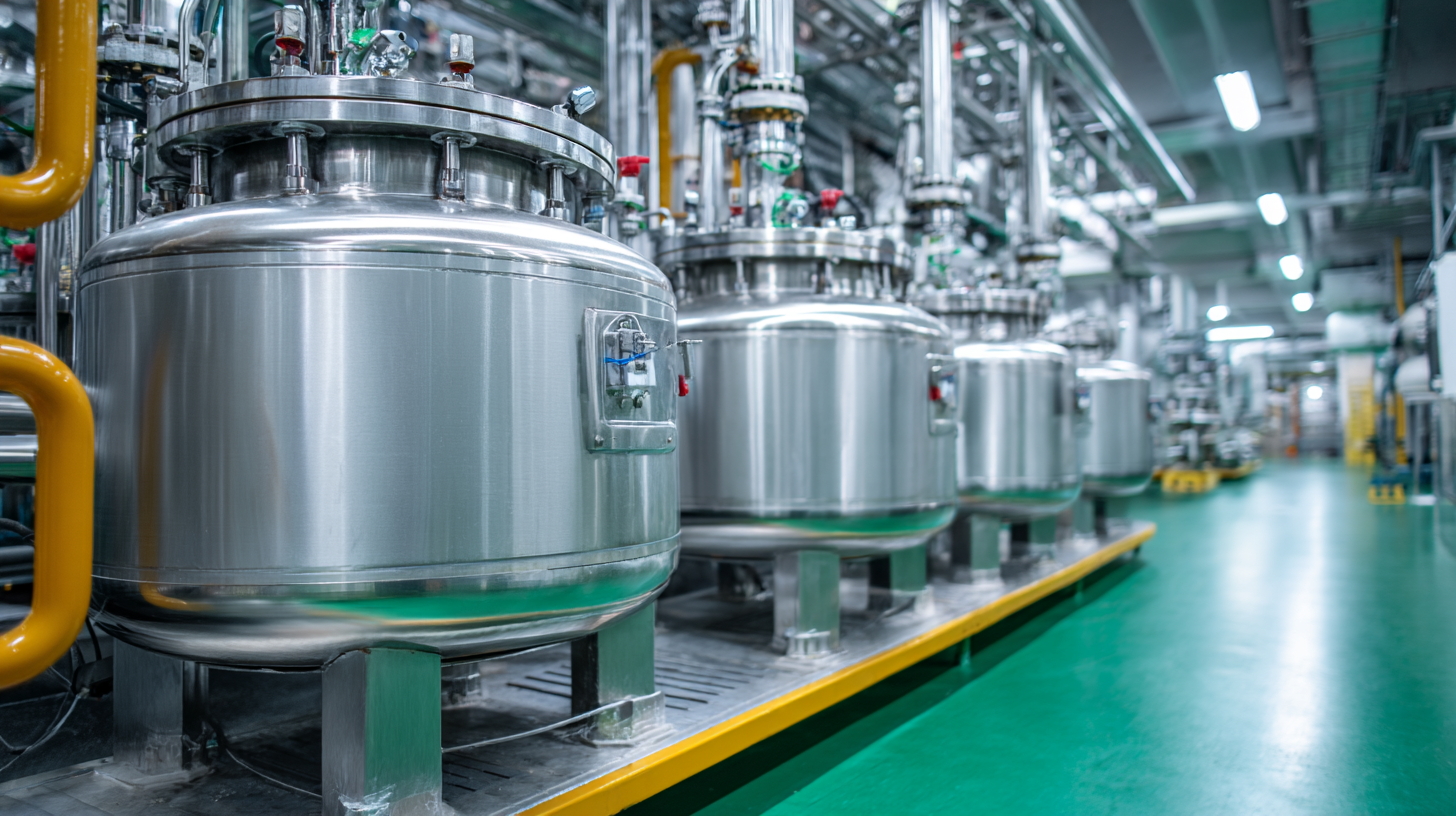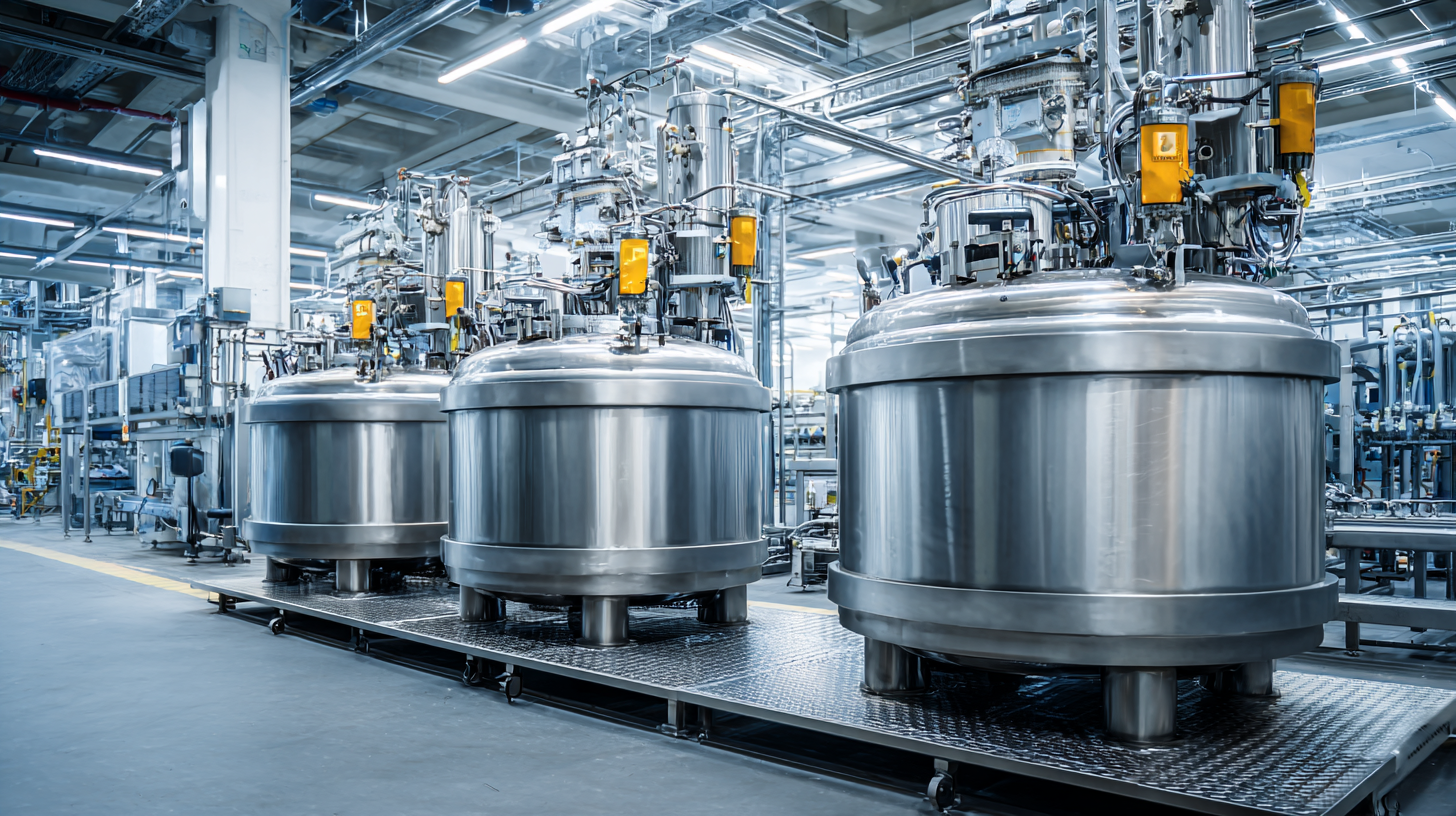
In the pharmaceutical manufacturing sector, maintaining consistent and precise fluid dynamics is critical for ensuring product quality and operational efficiency. One essential component that plays a pivotal role in this is the pulsation dampener. According to a report by the International Society for Pharmaceutical Engineering (ISPE), nearly 30% of production downtime in pharmaceutical plants can be attributed to irregular flow and pressure variations, leading to costly inefficiencies.

Pulsation dampeners mitigate these fluctuations by absorbing pressure spikes and smoothing the flow of liquids, which not only enhances process reliability but also improves overall system performance. The ability of these devices to stabilize pressure across various types of pharmaceutical products—from biologics to small molecules—underscores their importance in a highly regulated industry where precision is paramount. As manufacturing processes evolve, the integration of advanced pulsation dampeners is proving to be a game-changer in maximizing both efficiency and compliance in pharmaceutical production.
Pulsation dampeners play a crucial role in pharmaceutical manufacturing by minimizing pressure fluctuations within fluid systems. These devices are designed to absorb shock waves generated by pumps, ensuring a smooth and consistent flow of liquid. By controlling these pressure variations, pulsation dampeners help maintain the integrity of sensitive pharmaceutical ingredients, thus preserving product quality and safety.
**Tip:** Regular maintenance of pulsation dampeners is essential for optimal performance. Inspecting the diaphragm and fluid levels can prevent malfunctions that could disrupt manufacturing processes. Additionally, ensuring that the dampeners are adequately sized for the system will enhance their efficiency.
Pulsation dampeners work by utilizing an elastic membrane that separates the process fluid from a gas cushion, usually nitrogen. As pressure fluctuations occur, the membrane flexes to absorb the energy, effectively smoothing the flow. This not only reduces wear on pumps and associated equipment but can also lead to energy savings in the manufacturing process.
**Tip:** Consider integrating pulsation dampeners with automated monitoring systems. This allows for real-time data on pressure levels, helping to identify potential issues before they escalate and ensuring uninterrupted production.
| Dimension | Description | Impact on Efficiency |
|---|---|---|
| Pressure Stability | Reduces pressure fluctuations in fluid systems. | Enhances product quality by maintaining consistent processing conditions. |
| Vibration Reduction | Minimizes mechanical vibrations in pumps and pipes. | Increases equipment life and decreases downtime for repairs. |
| Flow Rate Consistency | Maintains a steady flow rate during processing. | Improves process accuracy and reproducibility. |
| Energy Efficiency | Optimizes energy usage in pumping systems. | Reduces operational costs associated with energy consumption. |
| Maintenance Requirements | Less frequent maintenance due to dampening effects. | Allows for greater operational continuity and reduced maintenance costs. |
In the pharmaceutical manufacturing sector, pulsation dampeners play a crucial role in ensuring consistent and efficient production processes. These devices are essential for managing the fluctuations in pressure caused by reciprocating pumps, which are frequently used in the industry. According to a report by the International Society for Pharmaceutical Engineering (ISPE), improper pressure management can lead to significant process inefficiencies, including product quality issues and increased energy consumption.
By incorporating high-quality pulsation dampeners, facilities can reduce pressure spikes by up to 90%, thereby enhancing overall system reliability and stability.
Moreover, the economic impact of pulsation dampeners cannot be understated. A study published in the Journal of Pharmaceutical Innovation reveals that the integration of advanced pulsation dampening technologies can lead to a 20% reduction in energy costs and operational downtime. This is particularly significant in a field where regulatory compliance and product integrity are paramount.
With the rising complexities of pharmaceutical formulations and stringent quality requirements, the role of pulsation dampeners becomes even more vital in maintaining optimal production parameters and ensuring that manufacturers can meet both customer demands and regulatory standards effectively.
When selecting pulsation dampeners for pharmaceutical manufacturing processes, a few key features should top your checklist to ensure optimal efficiency. First, consider the material of construction. Dampeners made from high-grade, corrosion-resistant materials such as stainless steel or FDA-approved elastomers are crucial, as they maintain product integrity and comply with stringent regulatory standards. This not only extends the life of the dampeners but also minimizes contamination risks during the production cycle.
Another essential feature is the dampener's ability to withstand varying pressures and temperatures. An efficient pulsation dampener should operate effectively in the specific conditions of pharmaceutical processes without compromising performance. Look for models with adjustable pressure settings and temperature ratings that match your system’s operational parameters. Additionally, the design should facilitate easy maintenance and quick access for cleaning, reducing downtime and enhancing overall process reliability. Choosing the right pulsation dampener with these key characteristics can significantly improve the efficiency and safety of pharmaceutical manufacturing processes.
In the pharmaceutical manufacturing industry, maintaining product quality and consistency is paramount.
 Pulsation dampeners play a crucial role in achieving this goal by minimizing pressure fluctuations in fluid transfer processes. These devices help create a stable flow rate, which directly translates into uniformity in the final product. By reducing pulsations, manufacturers can ensure that active ingredients are mixed thoroughly, which is essential for producing medications that meet stringent regulatory standards.
Pulsation dampeners play a crucial role in achieving this goal by minimizing pressure fluctuations in fluid transfer processes. These devices help create a stable flow rate, which directly translates into uniformity in the final product. By reducing pulsations, manufacturers can ensure that active ingredients are mixed thoroughly, which is essential for producing medications that meet stringent regulatory standards.
Tip 1: Regular maintenance of pulsation dampeners is essential for optimal performance. Check for leaks and wear regularly to prevent unexpected issues that can compromise product quality.
Incorporating advanced dampening solutions not only enhances the operational efficiency of equipment but also reduces product loss due to inconsistencies. This leads to significant cost savings and increased throughput. Furthermore, a smoother operation helps protect sensitive pharmaceutical compounds from shear stress, preserving their efficacy and shelf life.
Tip 2: Consider using temperature-controlled dampeners to further safeguard against variations that can alter the characteristics of temperature-sensitive formulations.
By focusing on the integration of cutting-edge pulsation dampeners, pharmaceutical manufacturers can elevate their production processes, ensuring that every batch meets the highest quality standards while improving overall operational efficiency.
 Pulsation dampeners play a critical role in enhancing efficiency across various pharmaceutical manufacturing processes. One notable case study involves a leading biopharmaceutical company that struggled with pressure fluctuations in their fluid transfer systems. The installation of advanced pulsation dampeners significantly reduced these fluctuations, leading to more consistent flow rates and improved product quality. This not only minimized the risk of batch variations but also resulted in substantial savings in raw materials due to reduced waste.
Pulsation dampeners play a critical role in enhancing efficiency across various pharmaceutical manufacturing processes. One notable case study involves a leading biopharmaceutical company that struggled with pressure fluctuations in their fluid transfer systems. The installation of advanced pulsation dampeners significantly reduced these fluctuations, leading to more consistent flow rates and improved product quality. This not only minimized the risk of batch variations but also resulted in substantial savings in raw materials due to reduced waste.
Another success story comes from a sterile injectable manufacturing facility that faced challenges with pulsation-induced vibration damaging sensitive equipment. By integrating state-of-the-art pulsation dampeners, the facility not only protected their infrastructure but also optimized the overall production cycle time. The dampeners helped maintain a steady pressure, allowing for smoother operation of pumps and reducing downtime associated with maintenance. As a result, this manufacturer reported a remarkable increase in throughput, demonstrating the tangible benefits of utilizing pulsation dampeners in pharma production settings.